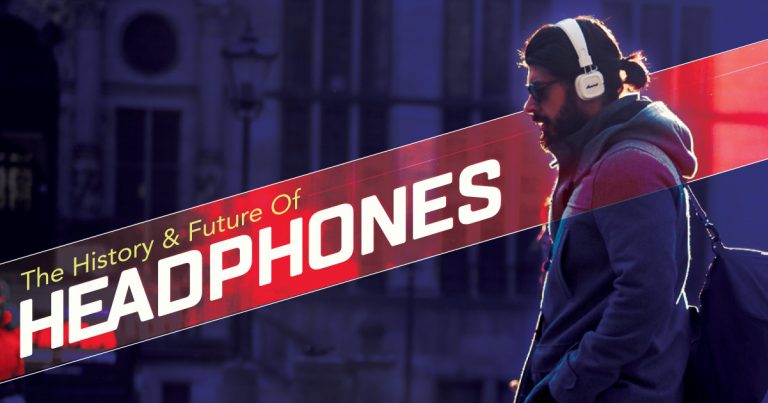People today are listening to music on their headphones and earbuds nearly everywhere; on trains, buses, planes, and many more. But only about 100 years ago, headphones didn’t exist yet. In fact in 1895, the Electrophone allowed subscribers to listen in on live performances over phone lines and cost, in today’s dollars, around $800 a year – that’s more than 6 times what Spotify costs today. The first real headphones, however, were made in 1910, by Nathaniel Bladwin, who sold the first 100 pairs to the U.S. Navy, in 1937, the Beyerdynamic DT-48 was the first dynamic headphones available for home use, and remained in production until 2012, in 1958 the Koss SP-3 were the very first stereo headphones, made for music rather than radio, and in the 60s and 70s, Koss dominated the headphone market thanks to celebrity endorsements like the Beatlesphones and ads featuring King Kong, in 1968, the Sennheiser HD 414 made the “Open Aire” design, making them super lightweight, portable, and allowing outside sound to pass through, in 1979, Sony unveiled the Walkman, the first ever portable cassette player, with 2 headphone jacks for shared listening, and it led to a boom in lightweight, inexpensive headphones.
The extra new portability made music, and headphones, everywhere – creating autonomy and privacy, even in large public areas. In 1999, Bluetooth made wires for headphones no longer necessary, but it would take another 10 years for Bluetooth headphones to become popular, in 2000, the Bose QuietComfort became the first noise cancelling, commercially available headphones, in 2001, the iPod reinvented portable and digital music, and finally in 2017, Airpods, despite initial ridicule, became a cultural phenomenon and quickly became the trademark of Apple earbuds compared to their previous corded earbuds.
Find out the challenges of future headphones and how they affect workers here.


